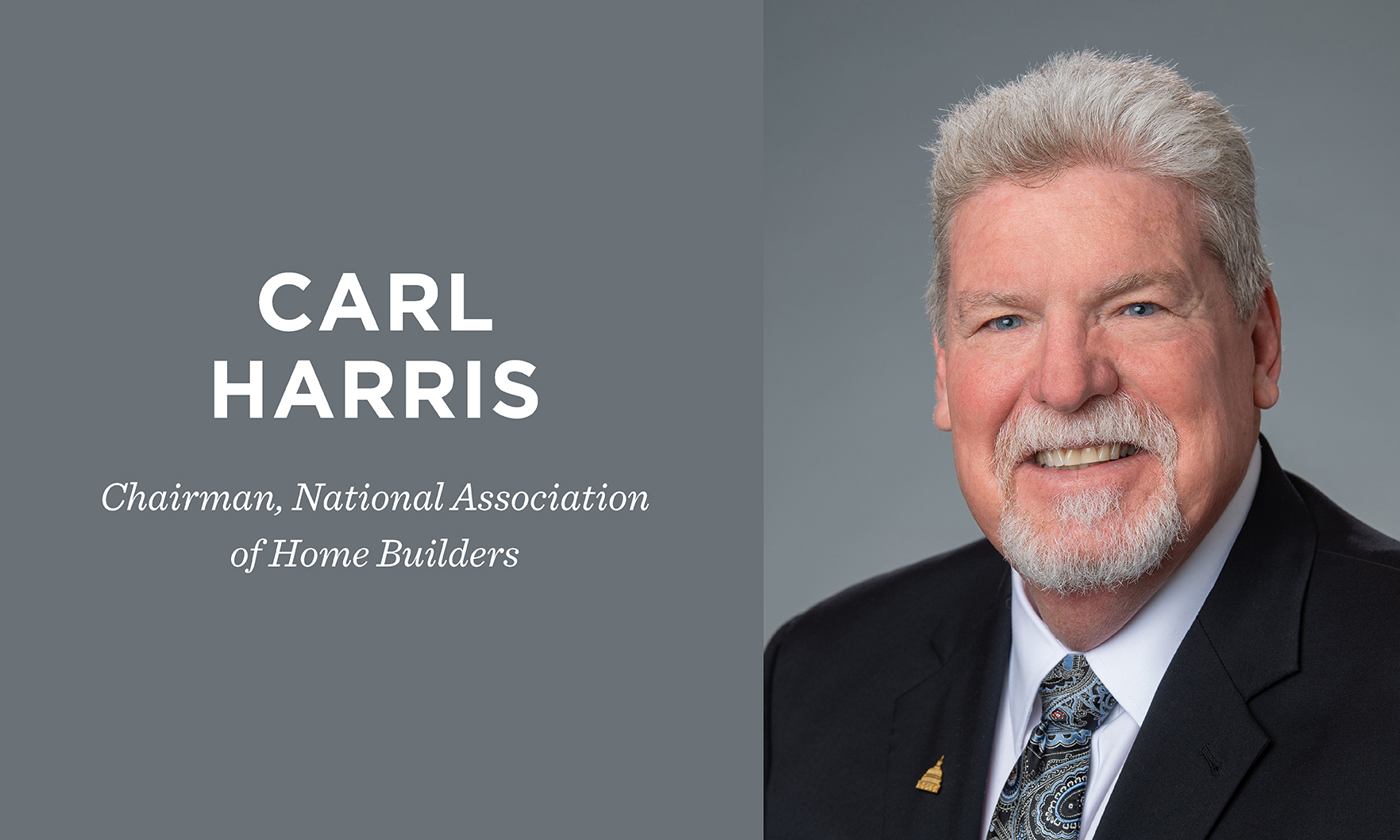While the economy, immigration and abortion continue to grab major headlines, politicians should understand that the biggest concern for most Americans in this election season is the housing affordability crisis. And for good reason — Housing is by far the largest single expense for American households, and rising costs are putting the nation in an untenable situation.
A 2024 report by Harvard’s Joint Center for Housing Studies found that a record-high 22.4 million households are paying more than 30% of their income on rent, and, among those renters, more than 12 million are paying more than half their income on housing, also an all-time high.
A newly released housing affordability index by the National Association of Home Builders (NAHB) shows that in the first quarter of 2024, 38% of a typical family’s income was needed to make a mortgage payment on a median-priced, new, single-family home in the United States.
Low-income households, defined as families earning only up to 50% of the area’s median income, would have to spend 77% of their earnings to pay for the same new home. Keep in mind that if an owner or renter is paying more than 30% of their gross income on housing, they are cost-burdened, and if they are paying more than 50%, they are severely cost-burdened.
Shelter inflation — rent and homeownership costs — is still rising well above a 5% rate. The only way to effectively tame shelter inflation and rein in housing costs is to build more attainable, affordable housing. There is currently a nationwide shortage of 1.5 million housing units, and the lack of housing has surpassed an inflection point. NAHB has put together a comprehensive plan for the private sector to work with officials at the local, state and federal levels to get at the root of the problem — barriers to building more housing.
Officials at all levels of government can start by working to eliminate excessive regulations, promote careers in the skilled trades and ease permitting roadblocks. Regulatory costs, which include complying with building codes, zoning issues and other costly challenges, make up nearly 25% of the cost of a single-family home and more than 40% of the cost of a typical apartment.
On the labor front, policymakers should support funding for education in the building and construction trades to help alleviate an average monthly shortage of 400,000 construction workers that is increasing home building costs and causing construction delays. From the local to the federal level, avoiding needless bottlenecks in the permitting approval process will allow more home-building projects to move forward and increase the housing supply. One easy solution is a time limit on how long the government has to either deny or approve a permit. If the time limit ends without action, the permit is deemed approved.
At the federal level, policymakers must work to fix building material supply chains and ease costs. The cost of building materials has surged 38% since February 2020. Of particular concern, the price of distribution transformers is up 72%. With wait times for transformers taking up to two years, Congress can help ease the severe shortage by providing additional resources targeted specifically at boosting production of distribution transformers.
On the tax front, the Senate needs to pass the Tax Relief for American Families and Workers Act of 2024, legislation that would expand the Low-Income Housing Tax Credit and enable builders to increase the production of badly needed affordable housing.
The Biden administration should eliminate tariffs on Canadian lumber imports that act as a tax on American homebuyers and oppose restrictive, costly and mandatory national energy code proposals that will raise housing costs while providing little energy savings to consumers.
Closer to home, localities need to rework ineffective zoning plans and provide more options such as reducing minimum lot sizes, allowing more accessory dwelling units, and promoting missing middle housing (townhomes and duplexes). Localities seeking to boost the housing supply should also consider opportunities to increase residential density by allowing a range of housing types, including multifamily; opening up areas where residential development has not previously allowed; and prioritizing development around existing or planned transit stations.
And when levying impact fees, local officials must do so fairly, with the cost to the homebuyer in mind. When fees are imposed to fund unrelated city or county services not connected to new-home construction, this unfairly raises housing costs for homebuyers and renters alike.
At a time when the public is demanding solutions to the housing affordability crisis, politicians who fail to act do so at their peril, as the voters will render their verdict in November.
Carl Harris is the chairman of the National Association of Home Builders.

Housing Affordability